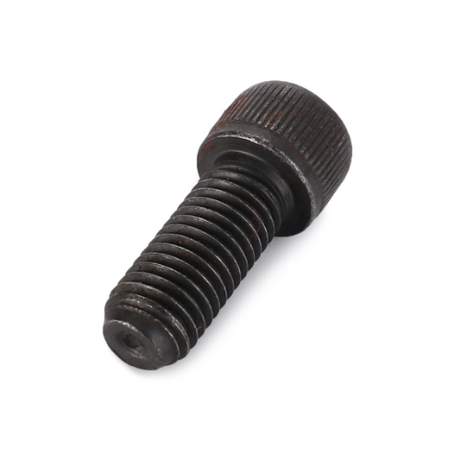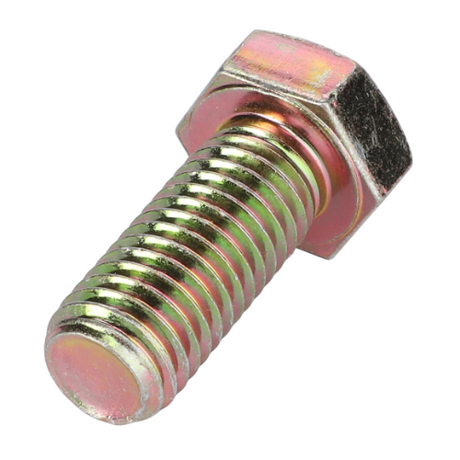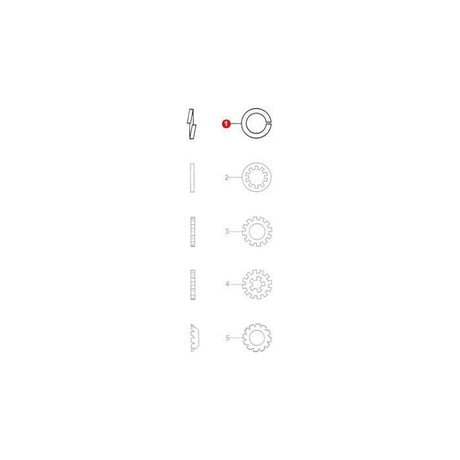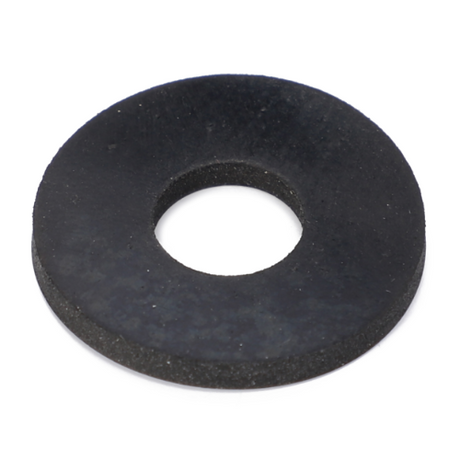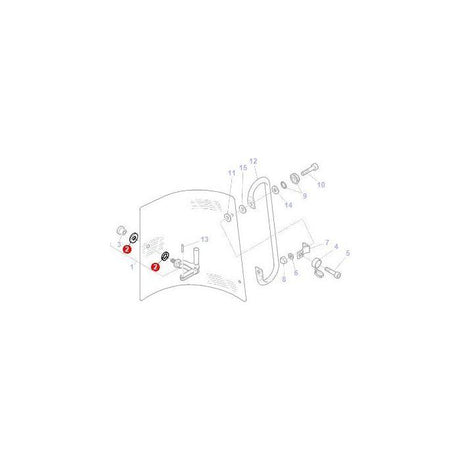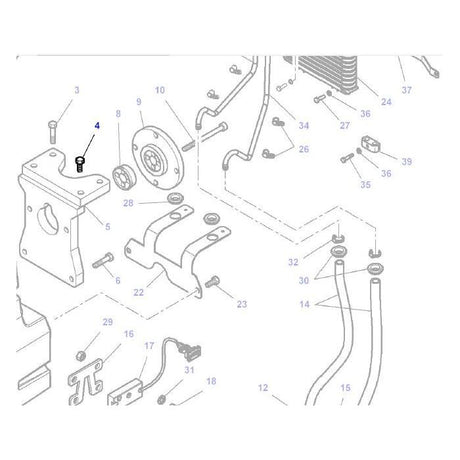The transmission shaft in your Massey Ferguson 390 tractor is a vital component that plays a crucial role in the tractor’s overall performance. This robust part is responsible for transferring power from the engine to the transmission, enabling efficient power distribution and smooth operation. Understanding the function, common issues, and maintenance practices related to the transmission shaft is essential for keeping your tractor running smoothly. In this detailed guide, we’ll explore everything you need to know about the Massey Ferguson 390 transmission shaft, including its role, potential problems, and how to maintain and replace it effectively.
1. Understanding the Massey Ferguson 390 Transmission Shaft
A. Function and Importance:
-
Power Transfer: The primary role of the transmission shaft is to transfer rotational power from the engine to the transmission system. This transfer of power is essential for the tractor to operate effectively and perform various tasks.
-
Torque Transmission: The transmission shaft also helps in transmitting torque from the engine to the wheels, which is crucial for maintaining traction and operational efficiency.
-
Gear Engagement: The shaft plays a role in engaging different gears within the transmission system, allowing the tractor to operate at various speeds and handle different loads.
B. Components of the Transmission Shaft System:
-
Drive Shaft: The drive shaft connects the engine to the transmission system and is a key part of the transmission shaft assembly. It is responsible for transmitting rotational motion between these components.
-
Output Shaft: The output shaft is responsible for transferring power from the transmission to the wheels, enabling movement.
-
Bearing: Bearings support the transmission shaft and help reduce friction during rotation. They ensure smooth operation and longevity of the shaft.
-
Universal Joints: These joints allow for flexible movement between the drive shaft and other components, accommodating changes in angle and alignment.
2. Common Issues with the Transmission Shaft
A. Shaft Slippage:
-
Symptoms: Loss of power transfer, unusual noises, or difficulty in maintaining speed under load.
-
Causes: Slippage can be caused by worn bearings, damaged universal joints, or improper alignment of the shaft.
B. Vibration and Noise:
-
Symptoms: Excessive vibration or unusual noise during operation.
-
Causes: Vibration and noise may result from imbalanced or damaged shafts, worn bearings, or faulty universal joints.
C. Leaks and Damage:
-
Symptoms: Fluid leaks around the transmission shaft area or visible damage to the shaft.
-
Causes: Leaks can occur due to damaged seals or gaskets, while visible damage may be due to impact or wear.
D. Difficulty Shifting Gears:
-
Symptoms: Hard or difficult gear changes, or grinding noises during gear shifts.
-
Causes: Gear shifting issues can be caused by misalignment of the transmission shaft or worn gears.
3. Maintenance and Replacement Tips
A. Regular Inspections:
-
Frequency: Inspect the transmission shaft and related components regularly as part of routine maintenance.
-
Method: Check for signs of wear, damage, or misalignment. Listen for unusual noises and assess the condition of the bearings and universal joints.
B. Proper Lubrication:
-
Importance: Adequate lubrication is crucial for reducing friction and wear on the transmission shaft and its components.
-
Schedule: Follow the manufacturer’s recommendations for lubrication intervals and use the appropriate type of lubricant for the shaft.
C. Addressing Issues Promptly:
-
Early Detection: Identify and address any signs of problems early to prevent further damage and costly repairs.
-
Replacement: Replace the transmission shaft or its components if you experience symptoms of wear or failure, such as slippage, vibration, or difficulty shifting gears.
D. Professional Servicing:
-
Quality Parts: Use genuine OEM or high-quality aftermarket transmission shafts and components to ensure compatibility and performance.
-
Expert Installation: Have the transmission shaft replaced or serviced by a qualified mechanic to ensure proper installation and alignment.
4. Where to Find Quality Transmission Shaft Parts
A. Farmingparts.com
-
Extensive Selection: Explore our wide range of high-quality transmission shafts and related parts for the Massey Ferguson 390 at Farmingparts.com. We offer both OEM and aftermarket options to meet your needs.
-
Expert Advice: Receive professional guidance on selecting the right transmission shaft and components, and get support for installation and maintenance.
-
Convenient Ordering: Enjoy easy online ordering with fast shipping options to get your parts quickly and efficiently.
Understanding and maintaining the transmission shaft of your Massey Ferguson 390 is essential for ensuring smooth operation and optimal performance. By familiarizing yourself with the key components, recognizing common issues, and following proper maintenance and replacement practices, you can keep your tractor running efficiently. For top-quality transmission shaft parts and expert support, visit Farmingparts.com and find everything you need to enhance your Massey Ferguson 390.
Ready to replace or upgrade your Massey Ferguson 390 transmission shaft? Visit Farmingparts.com today to explore our selection of genuine OEM and high-quality parts. Get expert advice and ensure your tractor performs at its best with the right components.







